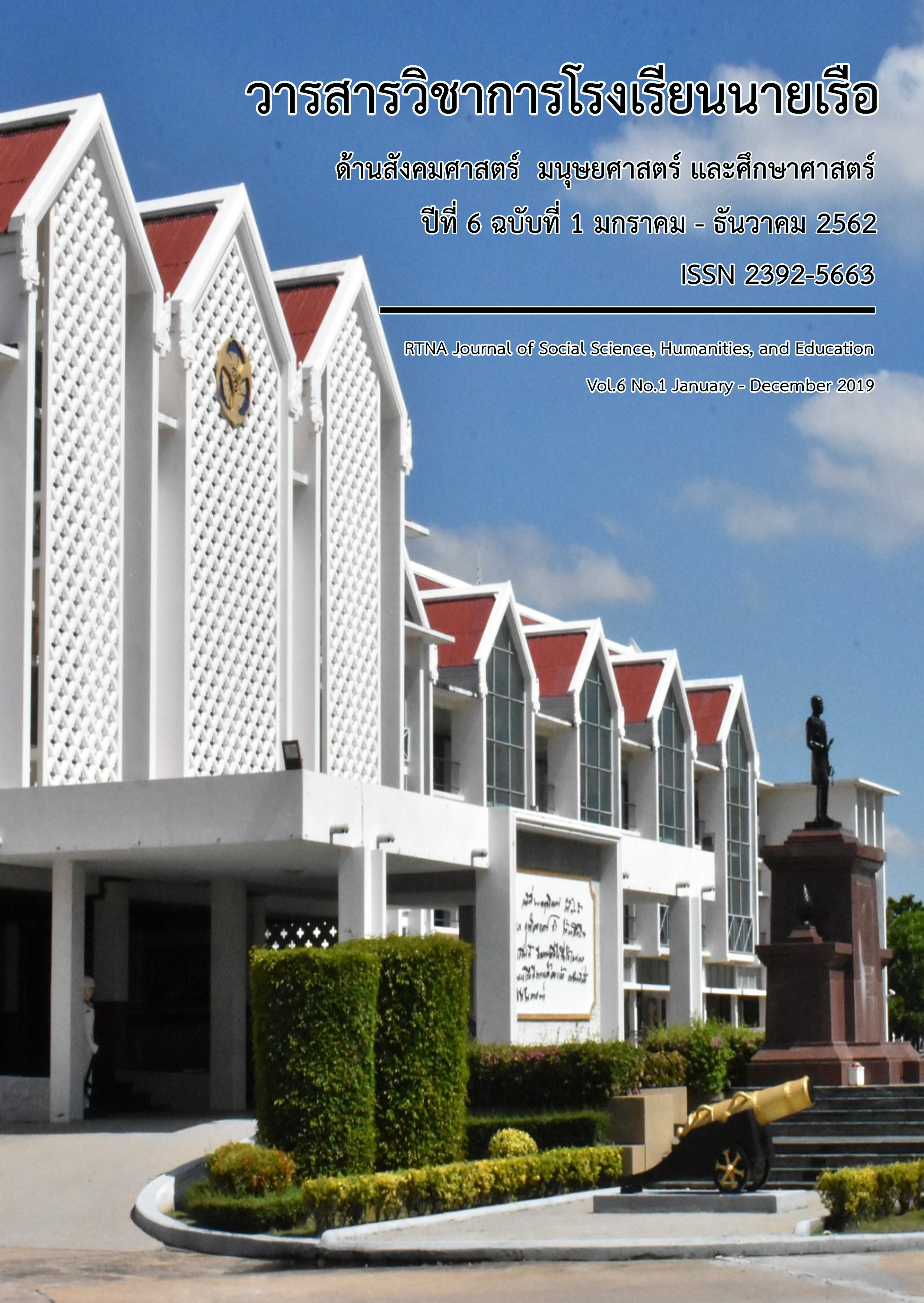The ability of the ship handling simulators and the guidelines for training Naval Cadets to prepare before training at sea English
Keywords:
Ship handling simulator, Performance of ship handling simulator, Efficiency of training using ship handling simulator, Naval Cadet Sea TrainingAbstract
The first internationally recognized ship handling simulator was born in 1995. Later, the advancement of computer technology and software capabilities enabled the navigational simulation system to develop simulation capabilities. Until now, the navigational simulation machine can simulate the open sea navigation situation, navigating in a limited area and practice in emergencies as real until being able to test the performance of the ship's crew according to International Convention on Standards of Training, Certificate and Watchkeeping for Seafarers 2010 Last modified. To increase the efficiency of the sea training of the naval Cadets as well as enhancing skills and expertise for the naval Cadet to perform duty on the bridge following the course of the Royal Naval Academy Hence, the Naval Academy should organize training for navigational simulators for every class of year student to operate their duties in agreement with the responsibility of each class during the academic year.
References
โรงเรียนนายเรือ. (2558). หลักสูตรการศึกษาโรงเรียนนายเรือ พ.ศ.2558. สมุทรปราการ: โรงเรียนนายเรือ.
โรงเรียนนายเรือ. (2558). หลักสูตรการศึกษาโรงเรียนนายเรือ พ.ศ.2558 (ภาคปฏิบัติ). สมุทรปราการ: โรงเรียนนายเรือ.
Barsan. (2004). Sea Service Equivalency for Full Mission Simulator Training. Egil DGSM (Director General of Shipping and Maritime Affairs). 1994. Simulator Time and Its Sea-Time Equivalency. DGSM Project No. 634(70/3/017). Marine Safety Eugen.
Captain Stephen Cross. (2012). Aspects of Simulation in MET – Improving Shipping Safety and Economy. Retrieved February 25, 2018, from https: www.nauticalsimulation.com/1354-2/
International Rotterdam and TNO Hurman Factors Rescarch Instituke. Rijswijk. Netherlands.
Institute of Ship Operation. (1998). Maritime Standardized Simulator Training Exercises Register. Retrieved February 20, 2018, from https://www.issus.fh-hamburg.de/iss_web/projekte/masster/
International Maritime Organization. (1995). International Convention on Standards of Training Certificate and Watchkeeping for Seafarers; STCW1995). 4 Albert Embankment, London SE1 7SR, United Kingdom
International Maritime Organization. (2010). International Convention on Standards of Training Certificate and Watchkeeping for Seafarers; STCW2010). 4 Albert Embankment, London SE1 7SR, United Kingdom
Maritime Transport & Navigation Journal, 1 (2009) Constanza Maritime University. Constanza. Romania.
Pedersen. Kinzo Inoue/Masanori Tsugane. (2003). Simulator Studies on a Collision Avoidance Display that Facilitates Efficient and Precise Assessment of Evasive Manoeuvres in Congested Waterways. The Journal of Navigation, 56 (3). 411 - 427.
William Wagenaar. Jop Groeneweg. (1987). Accidents at sea: Multiple causes and possible consequences. International Journal of Man-Machine Studies, November, 587 - 598.
Downloads
Published
Issue
Section
License
The author has the sole responsibility for the material published in RTNA Journal of Social Sciences, Humanities, and Education, which the editorial team may not agree on that material.
RTNA Journal of Social Sciences, Humanities, and Education owns the copyright of the text, the illustration, or other material published in the journal. No parts or the whole of the material published may be disseminated or used in any form without first obtaining written permission from the academy.






